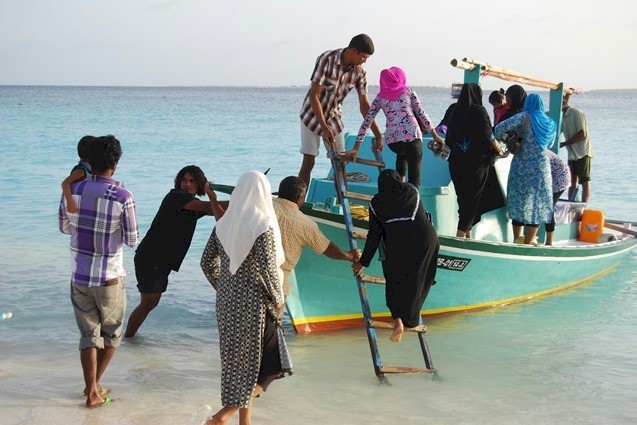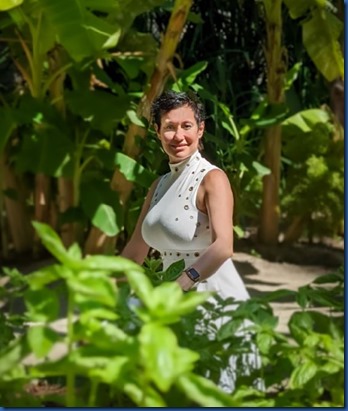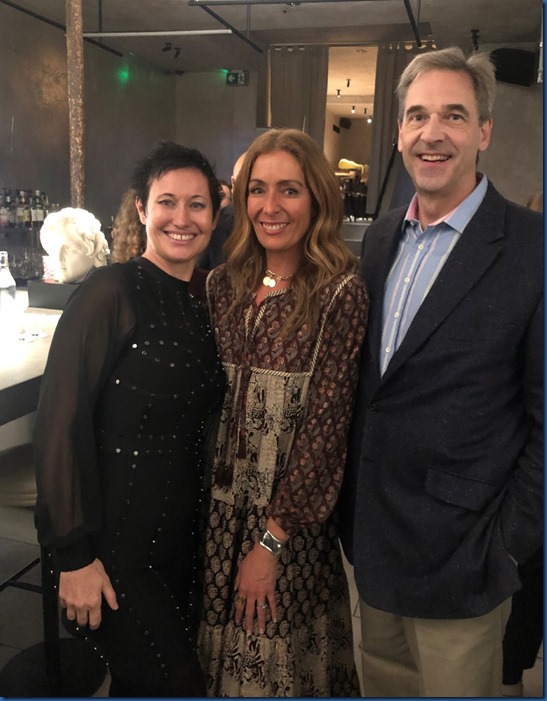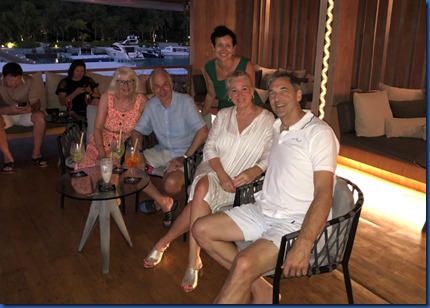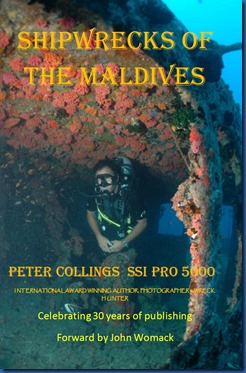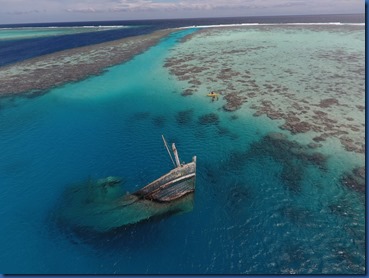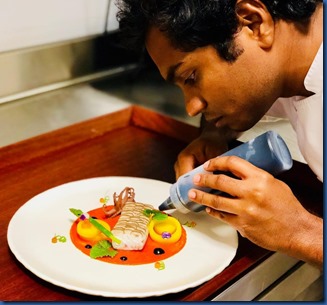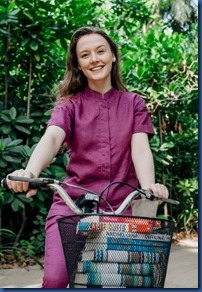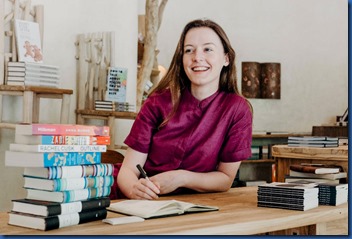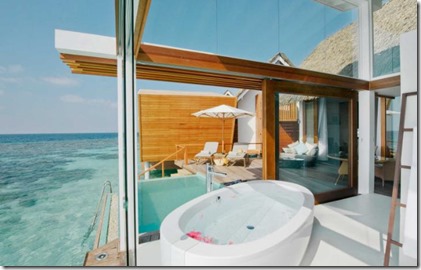I always bring a few books to the Maldives in the perennial aspiration to sit a read for an extended period (on the long-haul flight at least), but my actual reading never quite meets my intentions. This past trip I brought along not only a book for the Maldives, but about the Maldives – “Misadventures in the Real Maldives” by Tom Chesshyre. And it was so engrossing that I actually finished it.
- “The Maldives incorporates 26 atolls in what is described by geographers as a ‘double chain’ and the long, thin outline of the islands resembles a garland – ‘malodheep’ in Sanskrit – which is where the name of the country is believed to have originated. From ‘Money Islands’ to ‘Tempest Haunted Islands’ (as some ancient mariners knew them) via garlands and the ‘necklace islands’ (Maala Divaina) in Sinhalese.”
- “The Maldivian connection with the sea is closer than anything an outsider can comprehend. Life on the flattest country on the planet requires mental adjustment…Standing on the beach facing inland to one of the long, straight roads on a little island was like looking along the surface of a spirit level. There are no budges, no hills.”
Chessyre tours the country from bottom to top, but in manner completely the opposite to how I and most visitors experience this tropical paradise. While we take an air-conditioned speed boat, he took a cargo ship. While we sleep on king sized beds with high thread count bedding, he sleeps on a mat. He specifically crafted his trip to explore the non-resort local islands and their daily routines in paradise. The account is a colourful and extensive perspective into local island life and guesthouses.
Despite him exploring such a non-commercial side of this luxury destination, I still identified reading his book with the sentiment he articulated about another travel book that he was reading: “His descriptions gave me that sense of déjà vu that sometimes hits you when you read about a place you’re visiting.”
Published in 2015, it is already a bit dated on some of its references, especially political, as the country is changing so very rapidly. In particular, he delves beyond the palm trees and pina coladas that are the staples of celebrity travelogues and explores such areas as:
- Tsunami stories
- Economic development in recent years
- Logistics of local travel
- Local cuisine
- Political perspectives among the population
His summary provides a captivating depiction of the Maldives and his distinctive glimpse behind the resort curtains:
- “I was in one of the most established places of beauty on Earth (why else would all the 5-star resorts have been built?) and yet no one was about [on the local islands]. From the ground up, I could get a feel for the rich culture of an ancient maritime nation as well as a strong sense of a community of a people living in the middle of a mighty ocean…Other than Bangladeshi workers, few foreigners managed to gatecrash paradise…With the blazing sunsets on the South Equatorial Channel, gyrating currents in deserted lagoons, kaleidoscopes of coral, cascades of fish, crescents of perfect white sand, peaceful coral-stone villages, colourful birds, emerald jungle…there is no doubt about it, the Maldives has to be one of the most beautiful, colourful – and sometimes complicated – places on Earth.”
After reading the book, I reach out to Tom to see if he would do an interview reflecting on his adventures and he kindly obliged with some bonus gems:
- What did you pack that you didn’t use?
On my very first visit to the Maldives, a bottle of Bombay Sapphire gin, which was confiscated on arrival as I hadn’t known the rules (but should have). - What didn’t you pack that you wish you had?
War and Peace by Tolstoy or Ulysses by James Joyce – a long book I’d always meant to read. - What did you pack that you used the most?
My backpack, every day, hopping on and off ferries. - What did you break or lose?
A pair of flip-flops, but easy to buy another. - What most exceeded your expectations?
The calm on board the cargo ship from Male to Addu – and the camaraderie with fellow passengers and crew. - What most disappointed you?
Getting ferry timetable information was sometimes tricky when I went, about a decade ago. - What food did you most enjoy?
Garudiya tuna broth, served with chili, lime and rice. - What food did you least enjoy?
A boring hamburger at a resort hotel. - When did you laugh the hardest?
During a neighbourhood party on the remote island of Makunudhoo. - When were you the most nervous/anxious?
When visiting certain politicians on Male. - What surprised you most about the destination?
The great distance between north and south, 500 plus miles (and the rumbling political unrest). - What was your favourite day?
It was an evening, night and morning when I joined a commercial tuna fishing boat on Hulhumeedhoo on Addu Atoll. - What was your favourite photo?
Passengers clambering on and off the ferry by the beach at Utheemu on Haa Alif Atoll (see below) - What item (smaller than a bed) that you saw would you most want to take home with you?
No item… just memories. - Name a word you learned in Dhivehi?
In Dhivehi, ‘minivan’, which means ‘independent’. Each day I would read the then ‘Minivan News’ online bulletin. - Name a fun fact you learned about the place?
The highest natural point in the Maldives is 2.4 metres above sea level (I went there and ‘climbed’ it). - What tip would you give someone about to embark on a trip like yours?
Pack light. - What would you do (if money and logistics were no object), if you had an additional day to spend at the destination?
Sit on a jolie – a simple string mesh seat – in the shade of a palm tree by the beach on Makunudhoo, sipping lime juice, watching the waves.
